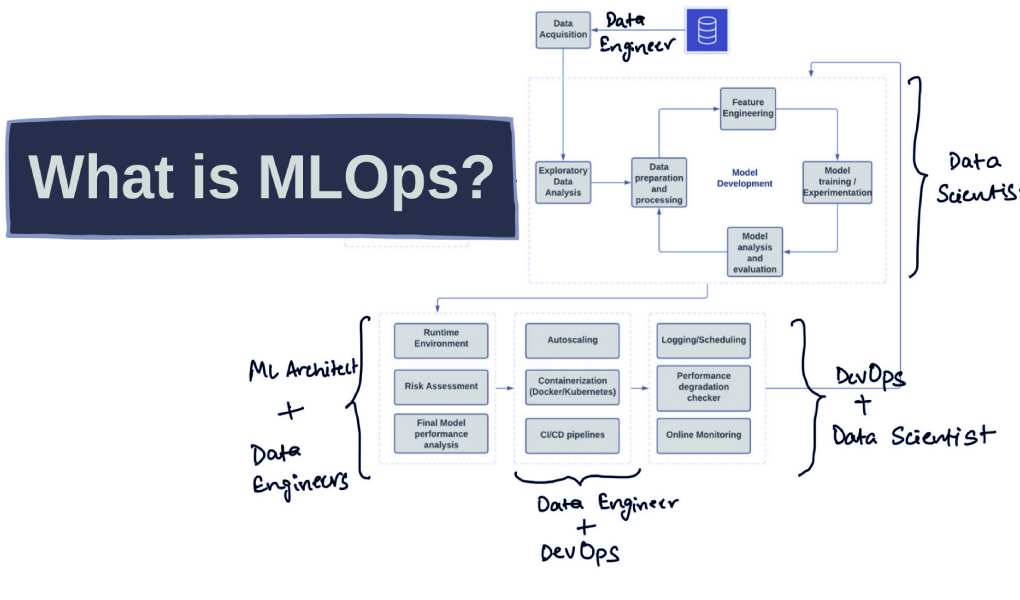MLOps helps automate end-to-end machine learning processes and improve collaboration between data scientists and ML engineers.
MLOps is still considered a relatively new approach to working with data. However, many tools already exist for implementing the MLOps approach, both Open Source and proprietary.
In this article, we compared the pros and cons of working with free software and vendor products, analyzed 5 popular tools for MLOps and told how to start using them quickly.
Why Are MLOps Needed?
By 2026, global spending on artificial intelligence will exceed $300 billion, according to an IDC study. But at the same time, only 13% of ML / DL projects reach production. As a result, the large expenses of companies on artificial intelligence do not pay off as well as we would like. MLOps has become an approach that allows you to increase the efficiency of machine learning processes and the number and improve the quality of models used to solve business problems.
The data community borrowed principles from DevOps and adapted them for machine learning processes – this is how MLOps was born. This methodology helps you efficiently develop, deploy, and track models in a structured way. Previously, the development of models and various operations took place separately, and the prod was manually released. But MLOps combined all the task components into a single process and helped establish collaboration.
Choosing Tools For MLOps: Open Source vs Proprietary Software
In any project, questions arise: how to manage models? What tools to use to control the life cycle of ML projects? How to improve the efficiency of processes? Companies can use vendor products, such as SageMaker, for these tasks or build their platforms based on Open-Source tools. We compared both approaches on five criteria.
Code quality. It is believed that vendor solutions are more reliable and optimized. But even the most advanced products can work with errors. At the same time, in “closed” tools, there is no access to the code and no way to fix it yourself if something breaks. We’ll have to wait for an update from the vendor.
In Open Source, the source code of the tools is open and available to everyone. As a rule, a whole community of developers works on the code – they improve the tool and fix bugs. Moreover, the more popular the service, the faster it develops.
Versatility. Creating a “maximum functional product” is common when developing vendor platform solutions. In this case, a situation may arise when the set of tools in the solution needs to be more redundant or partially inapplicable. Therefore, one more solution and its integration into the system may be needed at some stage.
Open-source tools are flexibly configured for different tasks and require easy adaptation to the IT system. They resemble a constructor: any part can be replaced, added or removed to get a solution for your tasks. Of course, such a solution refinement will require skills and a well-formed development team.
Entry threshold. Companies that use proprietary software for MLOps need help finding specialists in the labor market with the skills to work with the current technology stack. Using open-source tools makes it easier to find data scientists since most of them are already familiar with popular services (for example, JupyterHub, and MLflow) or can quickly master them with the help of training materials created by the community.
Flexibility. The monolithic structure makes it difficult to customize the instrument for individual needs or connect to other platforms. Open-source solutions enable control of their work fully: customize them for your projects, and execute the necessary processes at any time. And as a rule, Open Source has many frameworks and libraries that can be connected/disconnected as needed.
Support. Maintaining a large stack of Open-Source tools requires a lot of resources. At some point on a large project, something can go wrong, and then the team can spend a lot of time finding and fixing errors. Also, as the project scales, more resources will be required to manage and maintain the entire stack.
Also Read: Who Uses OLAP Systems?



